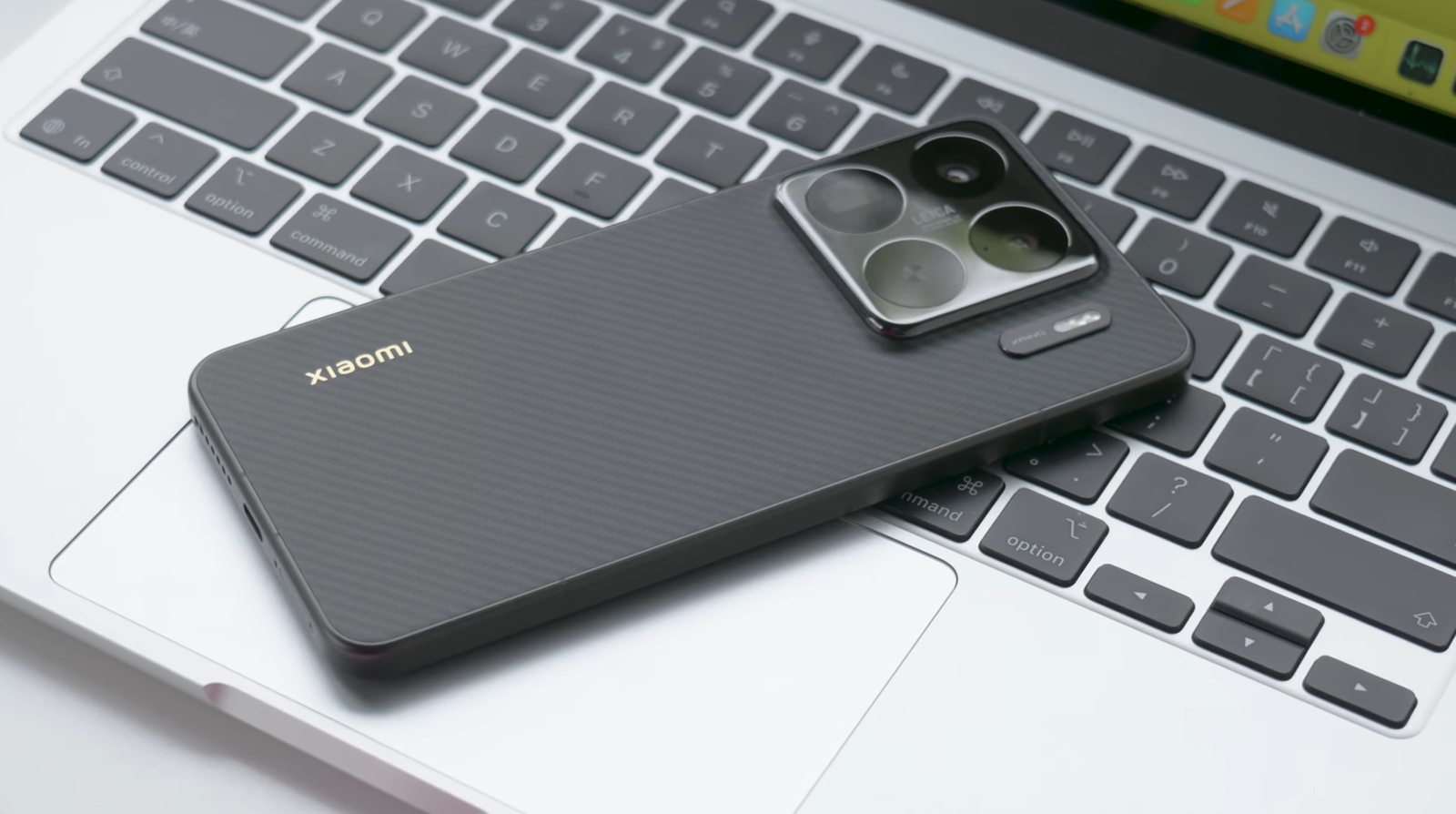May 22nd will be remembered as a milestone day for Xiaomi and its fans. The company unveiled a trio of major products: its first-ever electric SUV (the U7), a new tablet featuring an OLED screen, and most importantly, the Xiaomi 15S Pro powered by Xiaomi’s first self-developed SoC—the XRING O1. Each release signals a bold new direction for the company, but today, we focus on the 15S Pro and why it may mark a turning point in Xiaomi’s smartphone legacy.
A First Look at the Xiaomi 15S Pro
From the moment you open the Xiaomi 15S Pro’s packaging, you can tell it’s something different. The box is noticeably larger than typical smartphone packaging—reminiscent of Xiaomi’s 10th anniversary Mi 10 Ultra box. Inside, you’ll find some premium touches: a frosted silver charger with a USB-A port, a phone case, and a long red lanyard with a tag that clips between the phone and the case—allowing users to wear it crossbody-style.
But the real excitement lies beneath all that—the phone itself, powered by the XRING O1 processor.
Meet the XRING O1 Processor
The biggest selling point of the Xiaomi 15S Pro is without a doubt its chip: the XRING O1, developed by Xiaomi and manufactured by TSMC using their advanced second-generation 3nm process. This new processor hits a CPU clock speed of up to 3.9GHz—a powerful benchmark that puts it on par with heavyweights like the Snapdragon 8 Gen 3 and MediaTek Dimensity 9400.
Xiaomi isn’t new to the chip game. It previously developed the Surge S1 back in the Mi 5C era. But the XRING O1 represents a quantum leap forward—showing that after more than a decade, Xiaomi hasn’t given up on creating its own high-performance silicon.
More than just a technical feat, this development is a win for the entire smartphone industry. More competition means faster innovation, better features, and improved performance for users across the board.
Day-to-Day Performance
If you’ve used the Xiaomi 15 Pro powered by Snapdragon, you’ll feel right at home with the 15S Pro. In terms of everyday performance, there’s little noticeable difference so far. The experience is stable, fluid, and impressively polished—especially for a device running Xiaomi’s first flagship-tier processor.
Gaming benchmarks and performance testing are still underway, but early impressions suggest minimal difference between the XRING O1 and Snapdragon alternatives.
Camera and Imaging
Since Xiaomi moved to its own SoC, it had to redevelop and fine-tune its ISP (Image Signal Processor) algorithms. Fortunately, the company already has experience here. Past phones have used chips from Xiaomi’s Surge C series for image processing, and that expertise carries over. Early sample shots are promising, and a full camera comparison with the 15 Pro is on the way.
What About Google Services?
No worries there—Google Mobile Services (GMS) works flawlessly. Xiaomi has ensured that you won’t miss out on any major apps or services.
Design: Spot the Differences
At first glance, the Xiaomi 15S Pro looks almost identical to the 15 Pro. But a few small changes stand out:
-
Flash Module Design: Now features a ring around it with “XRING” branding.
-
New Color Options: A striking blue finish and a stylish carbon fiber textured back. (We tested the carbon fiber version—it looks fantastic.)
-
Improved Visibility: The screen protector now includes an anti-reflective coating.
-
Decorative Power Button Detail: A subtle design element adds extra flair.
Aside from a new UFD chip, the core specs remain essentially the same as the 15 Pro.
Should You Buy It?
Let’s be honest—unless you’re a diehard Xiaomi enthusiast or a tech aficionado, there’s no urgent need to upgrade from the standard Xiaomi 15 Pro. The devices look and feel almost the same, and the user experience is virtually identical.
That said, the 15S Pro is more than a phone—it’s a statement of intent. It’s Xiaomi saying, “We’re ready to stand toe-to-toe with Apple, Qualcomm, and MediaTek.” While it might not be the time for mass adoption just yet, this is a major step forward for the company.
If the XRING line evolves successfully, it could eventually challenge the dominance of Qualcomm and Apple—just like Huawei’s Kirin chips once did before external restrictions.

Final Thoughts
The Xiaomi 15S Pro powered by the XRING O1 may not yet be a must-buy for the average consumer, but for Xiaomi, it represents a major achievement. This is Xiaomi going all-in on self-reliance and innovation—and that’s something worth celebrating.
Unlock the World of Gadgets!
Subscribe to Gadget Explorer Pro for:
- The latest tech reviews & recommendations
- Exclusive deals & insider updates
Join us now and explore like a pro!


